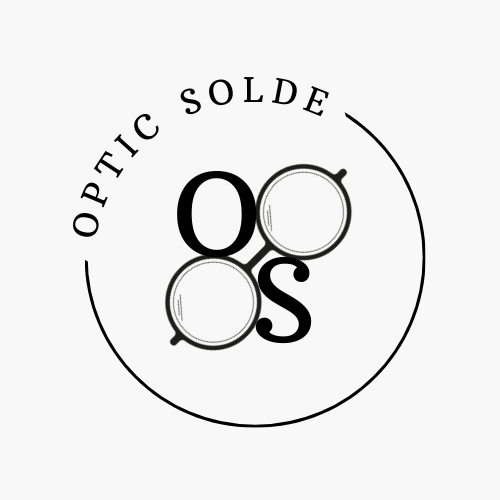The Role of Technology in Eye Measurement and Prescription Accuracy
In recent years, advancements in technology have revolutionized the field of optometry, improving the accuracy of eye measurements and prescription accuracy. Traditional methods of measuring eyesight and determining prescription have often relied on outdated tools and techniques. However, with the introduction of cutting-edge technologies, optometrists can now provide more precise measurements and prescriptions to their patients, ensuring better vision and eye health. This article will explore two key areas where technology has played a significant role in advancing eye measurement and prescription accuracy.
1. Digital Refractometry:
Traditionally, eye measurements involved using a phoropter, a large apparatus incorporating an array of lenses, to assess a patient’s vision. This method typically required the patient to look through the phoropter while the optometrist manually adjusted different lenses to determine the prescription strength. However, this traditional tool often resulted in slight errors due to the subjective nature of the process and the human error involved.
Today, digital refractometry has transformed the way eye measurements are taken, offering a more accurate and efficient alternative to the traditional phoropter. Digital refractometers use computerized technology to determine a patient’s prescription, minimizing the chances of human error. These devices rely on complex algorithms that analyze the patient’s visual acuity and automatically adjust the lenses to find the optimal prescription strength.
Digital refractometers not only provide more precise measurements but also offer a more streamlined and comfortable experience for patients. The quick and automated process eliminates the need for multiple manual lens changes, reducing the time required for measurement. Furthermore, the technology allows for remote consultations, as some digital refractometers can be connected to teleoptometry platforms. This advancement has proven especially beneficial during the COVID-19 pandemic, enabling patients to receive accurate prescriptions without having to visit a physical clinic.
2. Optical Coherence Tomography (OCT):
Another significant technological advancement within optometry is the use of Optical Coherence Tomography (OCT). This non-invasive imaging technology provides detailed cross-sectional images of the eye, allowing optometrists to assess the structures and detect potential abnormalities. OCT has a wide range of applications in eye measurement and diagnosing eye conditions, such as glaucoma, macular degeneration, and diabetic retinopathy.
By using low-coherence interferometry, OCT can measure the length and profile of the eyeball, aiding in the diagnosis of conditions like myopia, hyperopia, and astigmatism. It also assists in monitoring the progression of these conditions and determining treatment options. With the help of OCT, optometrists can make more accurate diagnoses, resulting in improved treatment plans and better patient outcomes.
Bullet List:
– Increased measurement accuracy: Technology such as digital refractometry and OCT provides more precise measurements of visual acuity and eye structures.
– Streamlined processes: Digital refractometers eliminate the need for manual lens adjustments, saving time and reducing measurement errors.
– Remote consultations: Digital refractometers connected to teleoptometry platforms allow patients to receive accurate prescriptions remotely.
– Enhanced diagnosis: OCT allows for detailed imaging of eye structures, aiding in the diagnosis of various eye conditions.
– Improved treatment plans: Accurate measurements and diagnoses lead to more effective treatment plans and better patient outcomes.
In conclusion, technology has significantly improved eye measurement and prescription accuracy. Digital refractometry and OCT have transformed the way optometrists assess visual acuity, determine prescription strength, and diagnose eye conditions. These advancements not only provide more precise measurements and diagnoses but also streamline processes and offer more convenient options for patients. As technology continues to advance, further improvements in eye measurement and prescription accuracy can be expected, contributing to the overall well-being and eye health of individuals worldwide.
